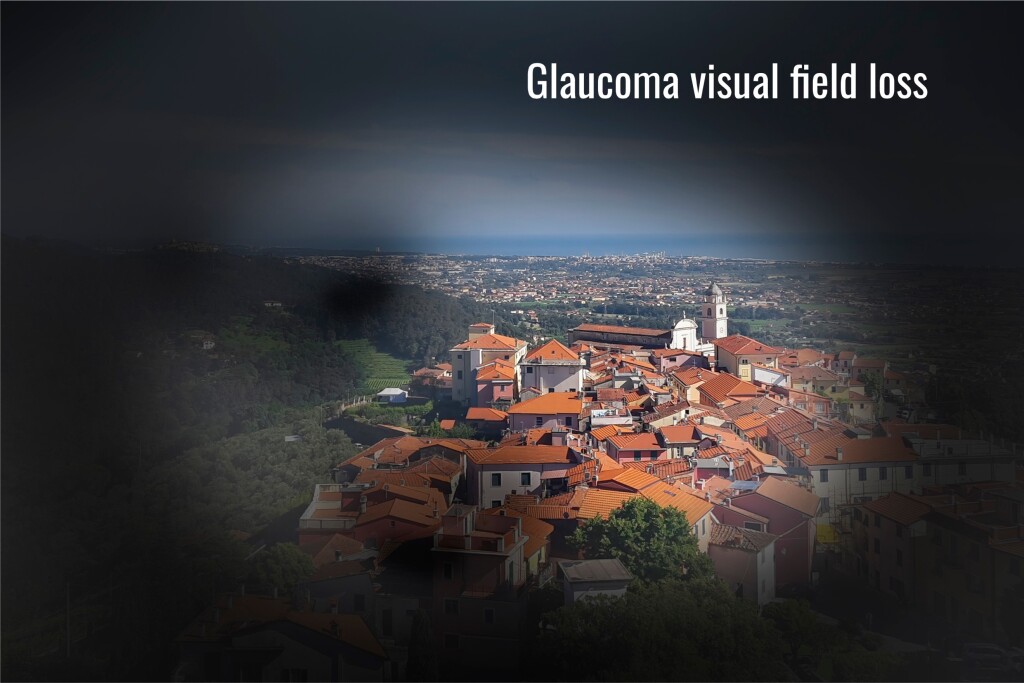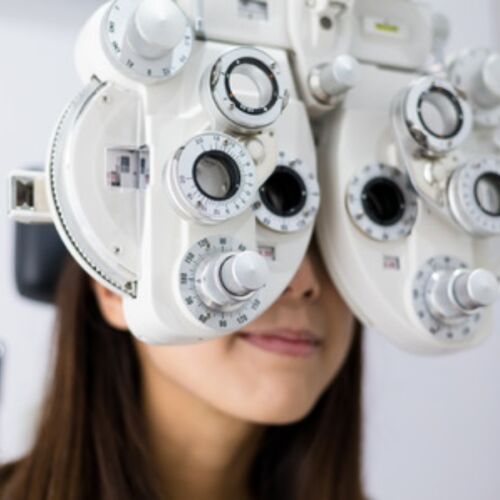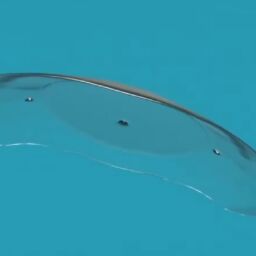Recognising the Warning Signs of Glaucoma
Glaucoma is a complicated eye disease. High eye pressure is usually associated with glaucoma but it can occur even when the eye pressure is low. When the fluid (aqueous humour) in the eye cannot drain properly, high eye pressure occurs. The fluid drains through a tissue (trabecular meshwork) located at the angle where the iris and cornea meet.
If glaucoma is severe and left untreated, the optic nerve which is responsible for sending visual information from the eye to our brain can be damaged and this can lead to vision loss. As the optic nerve gradually deteriorates, blind spots start to develop in our vision.
There are a few forms of glaucoma but the 2 most common are primary open-angle glaucoma (POAG) and angle-closure glaucoma (ACG).

Primary open-angle glaucoma (POAG) occurs when the eye’s drainage canals become clogged over time, resulting in a raised eye pressure. This condition is often labelled as the ‘silent thief of sight’ as there are no warning signs or symptoms during its early stage. During this time, most people feel and see fine as a change of vision is not noticeable as vision loss only begins at the periphery (edges or sides). As the condition deteriorates, vision loss will progress inwards to impact central vision, and eventually leading to tunnel vision. By the time one notices any vision loss, the glaucoma is already in its later stage. Vision loss then is irreversible.
Angle-closure glaucoma (ACG) takes place when the drainage angle becomes narrow or completely blocked off, slowing or preventing the fluid from circulating in the eye and as a result, the eye pressure increases. ACG can progress gradually or rapidly. For narrow-angle glaucoma, fluid can still move through the drainage angle, whereas in acute ACG, the drainage angle is completely blocked and can cause rapid loss of vision if treatment is delayed.
WARNING SIGNS OF GLAUCOMA
- Severe pain around the eye and head
- Red eyes
- Large pupils that are non-reactive to light
- Distorted or blurry vision
- Sudden onset of visual disturbance in low-lighting
- Rainbow-coloured haloes around bright lights
- Nausea or vomiting

RISK FACTORS
- Age: Though glaucoma can occur at any age, it is more common in older adults.
- Genes: If someone in your immediate family has glaucoma, the risk of you developing it will be higher, though it does not mean you will definitely develop glaucoma.
- Extreme myopia or hyperopia
- Previous eye injury or surgery
- Those with thinner corneas
- Long-term use of corticosteroid
- If you have certain medical conditions like hypertension and diabetes
EYE TESTS TO DIAGNOSE GLAUCOMA INCLUDE:
- Tonometry is a diagnostic test to measure eye pressure and can help us determine if one is at risk of glaucoma.
- Goniscopy is done to check your eye’s drainage angle.
- Humphrey visual field examines your fields of vision which identifies any blind spot(s) or loss of peripheral vision.
- Optical coherence tomography is a non-invasive imaging test that uses light waves to take cross-section photos of your retina. It is also used to detect any change in the optic nerve caused by glaucoma.
GLAUCOMA TREATMENT
Treatment and regular eye check-ups can help to slow down or prevent vision loss from glaucoma.
Prescription eyedrops, the most common treatment for glaucoma, are used to reduce eye pressure either by improving the drainage of the fluid or decreasing the production of the fluid. One or more eyedrops may be prescribed depending on severity of the condition.
Iridotomy (Laser therapy) uses a laser to create a tiny hole in the iris to improve the drainage of the fluid in the eye and lower eye pressure. It is recommended for those with angle-closure glaucoma.
Trabeculoplasty uses a laser to make the drainage angle work better and allow the fluid to flow out properly. It is recommended for those with open-angle glaucoma.
Trabeculectomy is where a tiny flap is created in the sclera (the white outer layer of the eyeball) to allow the aqueous humour to drain through the flap, and into a newly created pocket-like in the conjunctiva called a filtration bleb. The fluid in the bleb is absorbed by the tissue around the eye, thus lowering the eye pressure.
Glaucoma drainage device is a tiny drainage tube implanted in the eye to send the fluid to a collection area, called the reservoir. The fluid will thereafter be absorbed into the nearby blood vessels.
CONSULT OUR EYE SPECIALISTS
As glaucoma has few warning signs or symptoms before irreversible permanent vision loss occurs, it is hence important for those above 45 years old to visit an eye specialist to screen for glaucoma. If you are concerned or suspect you may have glaucoma, please contact us at +65 6684 1000 or manager@langeye.sg.





